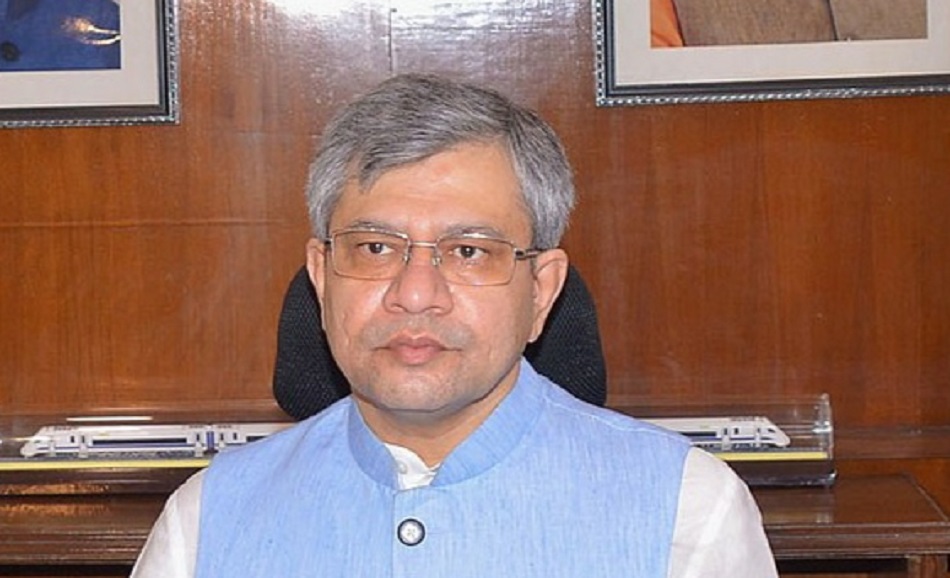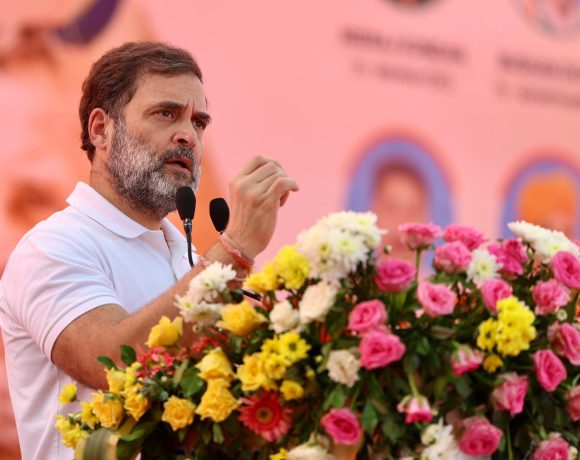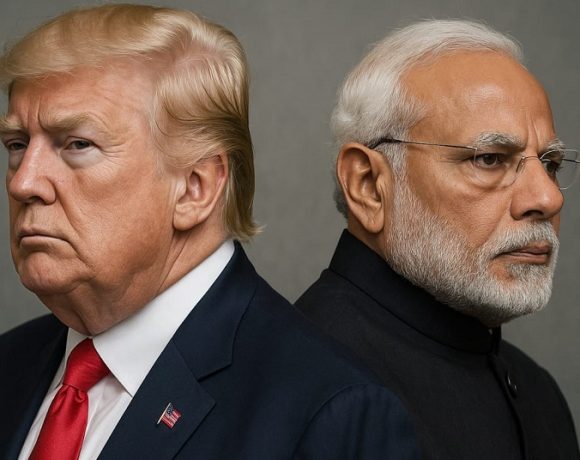
Cabinet Approves ₹1.07 Lakh Cr Job Scheme and ₹1 Lakh Cr R&D Push
In a major economic policy boost, the Union Cabinet on July 1 approved two high-impact schemes aimed at employment generation and technological innovation. The decisions include a ₹1.07 lakh crore Employment Linked Incentive (ELI) Scheme to create formal jobs, and a ₹1 lakh crore Research, Development and Innovation (RDI) scheme focused on deep-tech and sunrise sectors.
Employment Linked Incentive (ELI) Scheme
The ELI scheme aims to generate up to 35 million formal jobs over the next two years, running from August 2025 to July 2027. Targeting first-time workers and low-wage earners, the scheme offers a one-time salary support of up to ₹15,000 for new employees, along with a monthly subsidy of up to ₹3,000 for employers over a two-year period. For manufacturing firms, the incentive period extends to four years.
Of the expected 3.5 crore beneficiaries, 1.92 crore will be new entrants into the workforce, who will also be brought under the Employees’ Provident Fund Organisation (EPFO) net. This not only formalises employment but also extends social security to millions in unorganised sectors.
Research, Development and Innovation (RDI) Scheme
Parallelly, the ₹1 lakh crore RDI scheme is designed to bolster India’s capabilities in high-tech and strategic areas. Structured as a 50-year interest-free loan disbursed through the Anusandhan National Research Foundation (ANRF), the initiative targets clean energy, artificial intelligence, quantum computing, space, robotics, biotech, and digital agriculture.
The fund will be managed through second-tier fund managers using a “Fund of Funds” model, ensuring expert-driven project evaluation. Oversight will rest with a Prime Minister-led governing board, reinforcing the scheme’s strategic intent to close the innovation financing gap.
Strategic Importance
Both schemes address pressing structural challenges—high youth unemployment and inadequate private investment in R&D. India currently spends only 0.64% of GDP on research, compared to over 2% in advanced economies. Likewise, while India’s GDP has grown, job creation has lagged behind, especially in urban youth segments.
Together, these schemes aim to:
- Scale formal job creation in manufacturing and services
- Incentivise private-sector-led innovation
- Strengthen India’s tech ecosystem and global competitiveness
- Build on existing PLI schemes to deepen industrial capacity

















